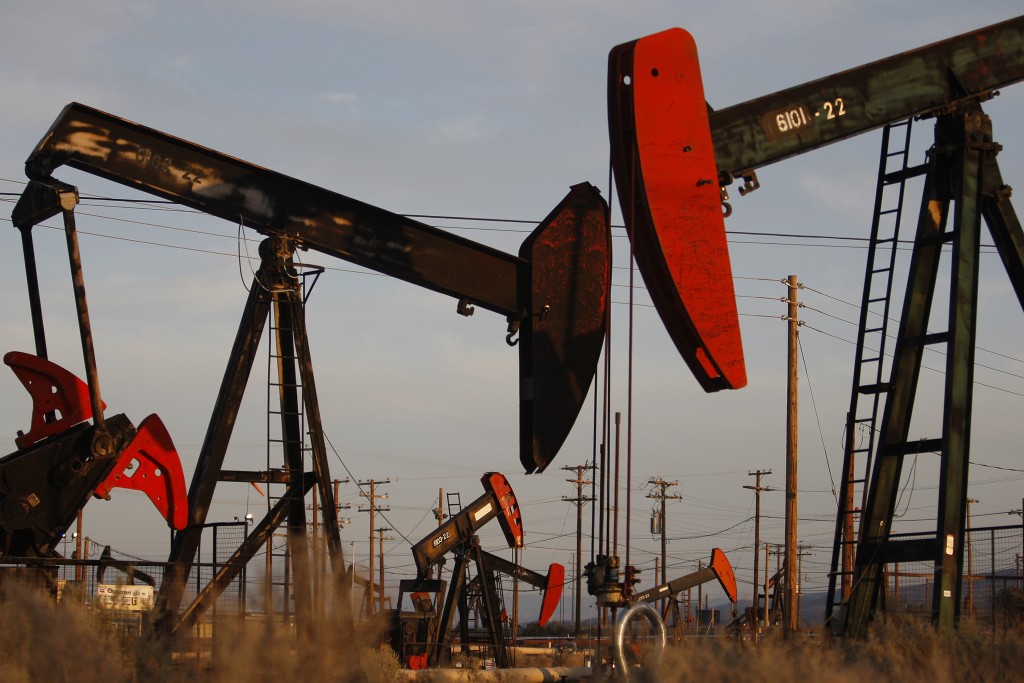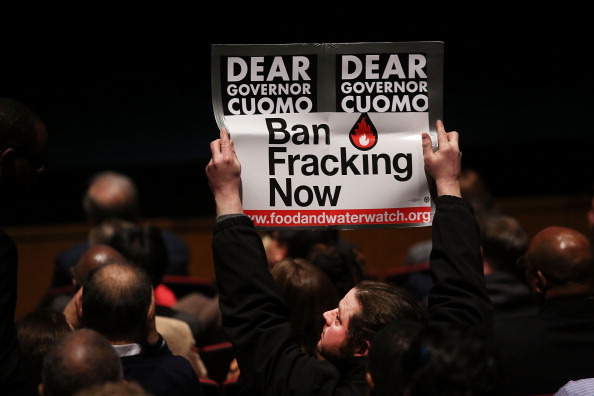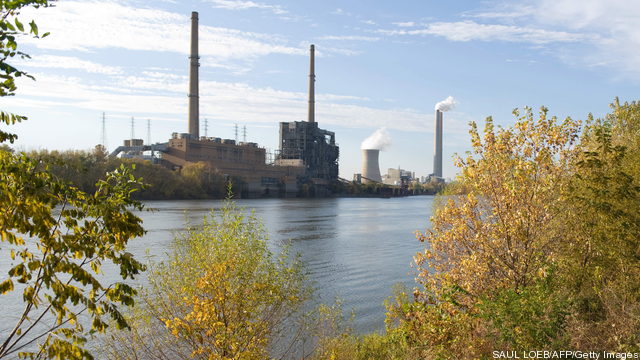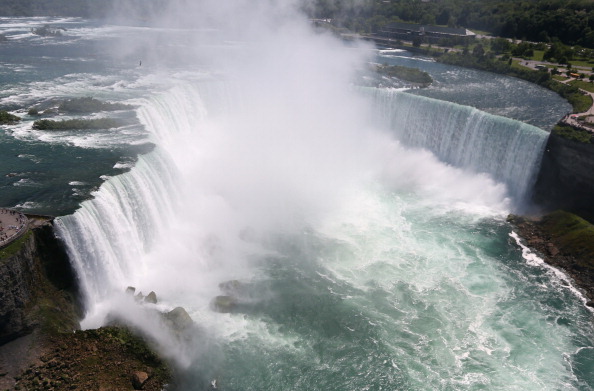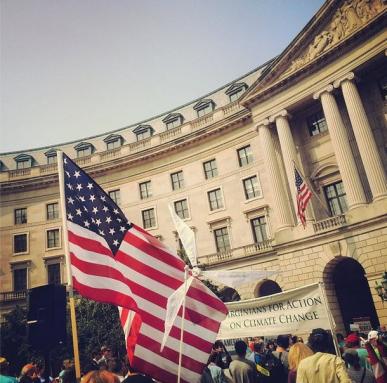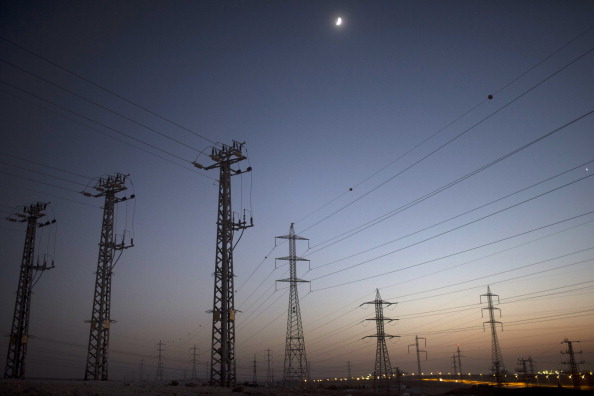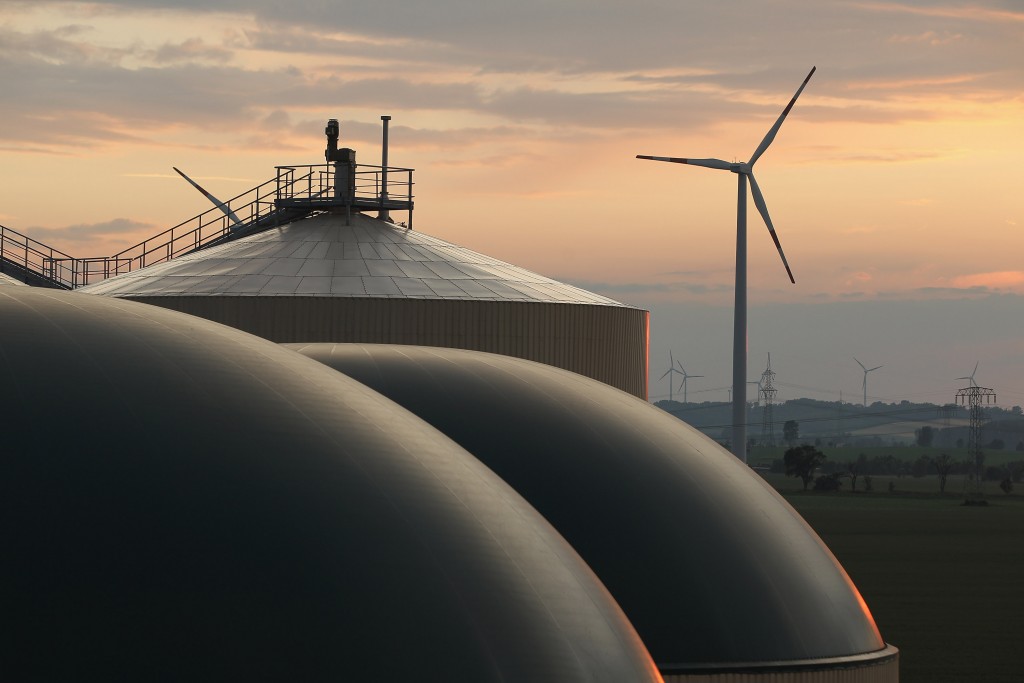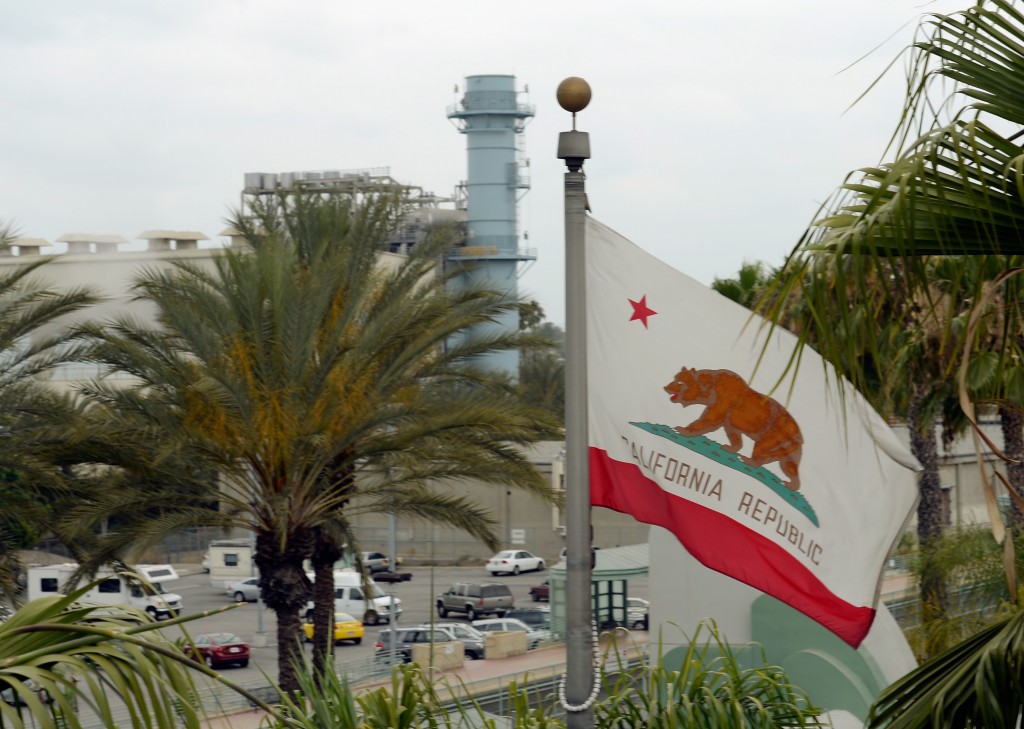On Thursday, December 4, 2014, in Texas Oil and Gas Assoc. v. City of Denton, Cause No. 14-08933-431, 431st District Court, Denton County, Texas, the Denton Drilling Awareness Group and Earthworks filed a Joint Petition in Intervention seeking to “provide a vigorous defense of the legality and enforceability” of the December 2, 2014, ordinance (the “Ordinance”) which banned hydraulic fracturing in Denton. The suit was originally filed on November 5, 2014, by the Texas Oil & Gas Association, a day after Denton voters passed the Ordinance by a 59-41 percent margin.
Zoning
Local and National Environmental Groups Seek to Intervene in Denton Fracking Case
By Justin Scott | BakerHostetlerSign up and get Breaking Energy news in your inbox.
We will never sell or share your information without your consent. See our privacy policy.Denton Becomes First Texas City to Ban Hydraulic Fracturing
By Adam Garmezy | Akin Gump Strauss Hauer & Feld LLPOn Tuesday, November 4, 2014, 59 percent of voters elected to ban the practice of hydraulic fracturing (“fracing”) in the city of Denton, which sits on top of the hydrocarbon-rich Barnett Shale. Although the ban does not prevent conventional drilling operations, the ban essentially forbids fracing, effectively expelling the drilling industry from city limits. Other municipalities sitting on top of the Barnett Shale—such as Fort Worth, Dallas and Arlington—have grappled with urban drilling as well, but Denton’s complete prohibition marks the first of its kind in Texas.
Ohio Elections Yield Mixed Results on Local Hydraulic Fracturing Bans
By Andrew Doggett | BakerHostetlerNumerous Parties Line Up in Support of Petition in Delta Smelt Case
By Paul Weiland | Nossaman LLPAs we reported here, on October 6, 2014, a number of public water agencies and other entities that represent agricultural and municipal water users in California filed a petition for writ of certiorari with the U.S. Supreme Court. The petition was filed after a divided panel of the United States Court of Appeals for the Ninth Circuit issued a decision affirming a biological opinion issued by the U.S. Fish and Wildlife Service with respect to continuing operations of the federal Central Valley Project and State Water Project. The panel held that the biological opinion and accompanying reasonable and prudent alternative do not violate the Administrative Procedure Act and Endangered Species Act. The deadline to file amicus briefs in support of the petition was November 6, 2014.
EPA Further Delays Hydraulic Fracturing Study As Controversy Builds
By Ronald Farley | Burr & FormanEPA’s current estimate of the completion time for a draft of its study of the risks posed by hydraulic fracturing (“fracking”) to drinking water is now projected by the agency to be developed in early 2015. This is based on comments in a letter originating from EPA’s Region 8 office stating that the study on the risks posed by fracking to drinking water won’t reach draft final form until “early 2015”. [Region 8 Letter]
EPA Draft Ruling Could Mean Significant Changes to How Stormwater Systems are Categorized
By Shawn Hagerty, Andre Monette | Best Best & Krieger LLPThe last thing that public agency leaders want to hear is that looming changes may make operating and building new public infrastructure more challenging and expensive. Unfortunately, proposed changes by the Environmental Protection Agency to the Clean Water Act could ultimately stop, delay or increase the cost of public projects.
The federal Clean Water Act establishes the basic structure for regulating discharges of pollutants into the waters of the United States and regulating the quality of those waters. The pending changes, if adopted, could greatly expand the jurisdictional reach of the CWA and change how municipal stormwater systems are categorized.
Greece Initiates Offshore Oil and Gas Tender Process
By Joanne Mantis | King, Krebs & Jurgens, PLLCGreece has initiated its tender process for offshore oil and gas (hydrocarbons) exploration as of August 26, 2014. The Greek Ministry of Environment, Energy and Climate Change is seeking bid applications for its offshore oil and gas exploration in 20 block areas in the Ionian Sea and south of Crete. The Greek government is hoping this will aid the Greek economy by encouraging an influx of investment capital.
Feds Approve Quebec-to-NY Power Line
By Todd Griset | PretiFlahertyA proposed electric transmission line connecting Quebec to New York will receive a key federal approval, according to the U.S. Department of Energy. The Energy Department’s decision to issue a Presidential permit to Champlain Hudson Power Express, Inc. focuses attention on the nation’s international trade in electricity, and may suggest increased reliance on power imports.
Pursuant to two Executive Orders — EO 10485 (September 9, 1953), as amended by EO 12038 (February 7, 1978) — no electricity transmission facilities may be constructed, operated, maintained, or connected at the U.S. border without first obtaining a Presidential permit from the Department of Energy. In 2010, Champlain Hudson Power Express, Inc. applied to DOE for a Presidential permit to construct, operate, maintain, and connect a 1,000-megawatt (MW), high-voltage direct current (HVDC) merchant electric power transmission system across the U.S./Canada border.
Interior Announces New Proposal for Renewable Energy Development on Public Lands
By Andrew Anderson, Joshua Andrews, Andrew Ehrlich | Faegre Baker DanielsLast week, the U.S. Department of Interior released its new proposal for development of solar and wind resources on public lands. The proposal, referred to as the Desert Renewable Energy Conservation Plan (DREC), focuses on the desert land across seven California counties — Imperial, Inyo, Kern, Los Angeles, Riverside, San Bernardino and San Diego. It was developed through collaboration among California state agencies as well as the federal government in an attempt to facilitate California’s renewable electricity portfolio and renewable energy development on federal lands.
California Energy Commission Delays Compliance With Energy Disclosure Program For Smaller Nonresidential Buildings
By Sharona Toobian | Perkins CoieThe California Energy Commission (CEC) implemented the Nonresidential Building Energy Use Disclosure Program in two phases. The first phase took effect on January 1, 2014 and applies to nonresidential buildings of at least 10,000 square feet. While the second phase, which imposes disclosure requirements for nonresidential buildings of at least 5,000 square feet, was supposed to take effect on July 1, 2014, this disclosure timeline was just delayed two years. The CEC recently announced that the compliance date for the second phase has been pushed from July 1, 2014 to July 1, 2016.
